TGF-β / Smad Signaling
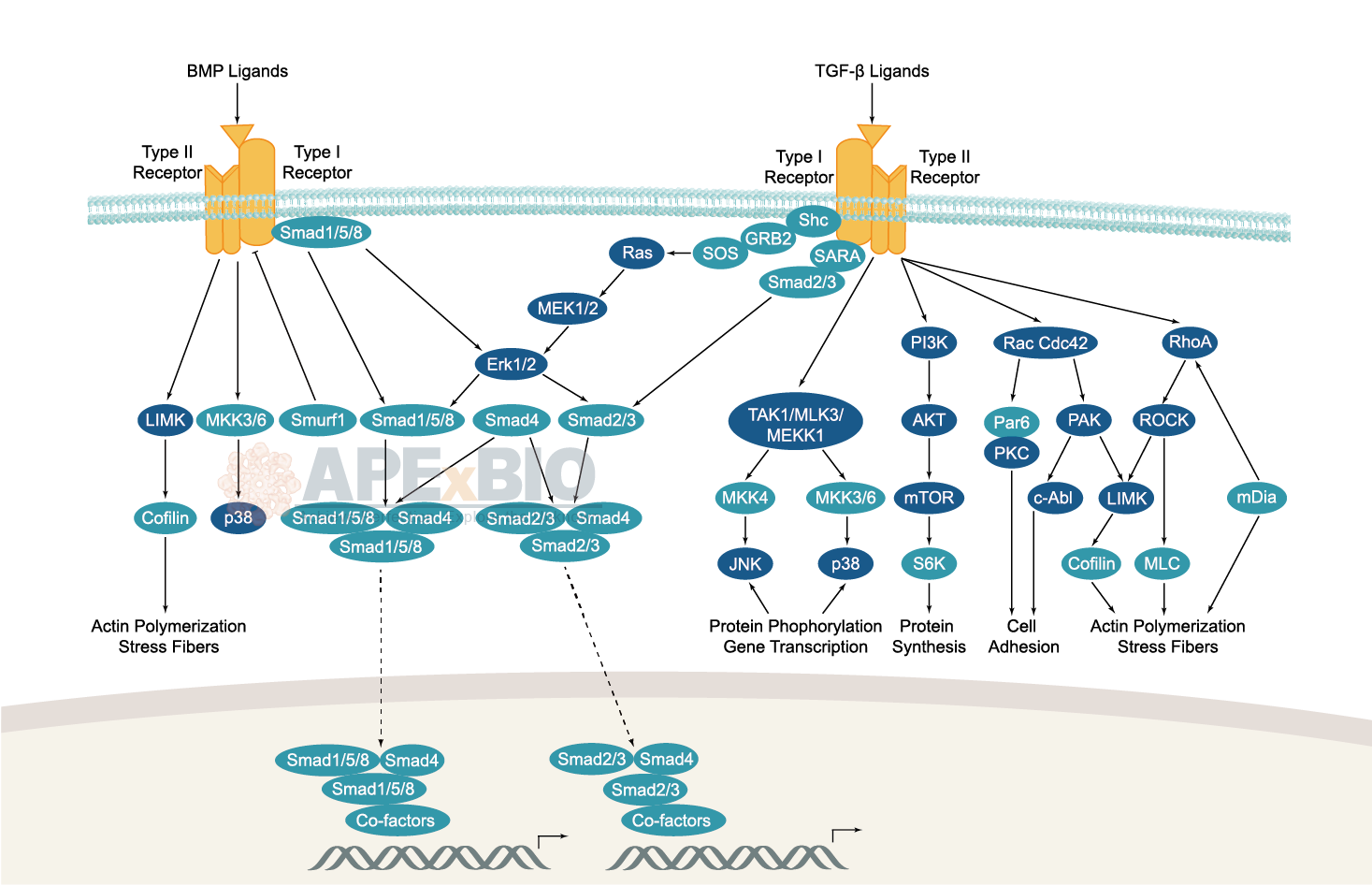
The TGF-β family is generally classified into two sub-families, TGF-β ligands, and bone morphogenic protein (BMP) ligands. In canonical signaling, receptor activation lead to phosphorylation of a group of transcription factors called Smads. TGF-β ligands bind to type II receptors (TGF-β II) which recruit and phosphorylate type I receptor (TGF-β I) on serine/threonine residues. The TGF-β I then recruits and phosphorylates a receptor regulated Smad (R-Smad). The R-Smad binds to the common Smad (Co-Smad) and forms a heterodimeric complex. This complex then translocates into the cell nucleus where it binds with nuclear co-factors to regulate the transcription of various target genes. Dysregulation of TGF-β/Smad signaling pathway is associated with a number of pathological conditions including fibrosis, cancer, immunodeficiency, diabetes and cardiovascular diseases etc.
-
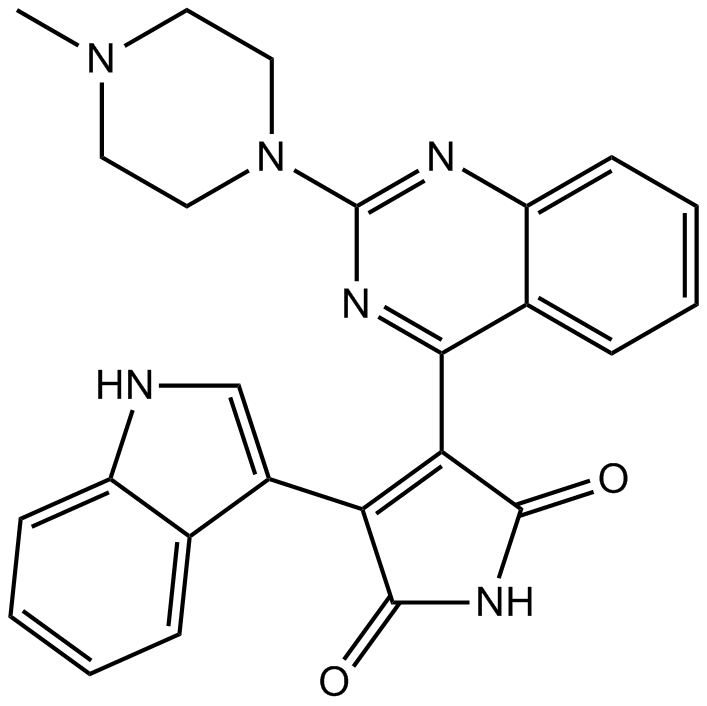 A8525 Sotrastaurin (AEB071)Target: PKCSummary: PKC inhibitor
A8525 Sotrastaurin (AEB071)Target: PKCSummary: PKC inhibitor -
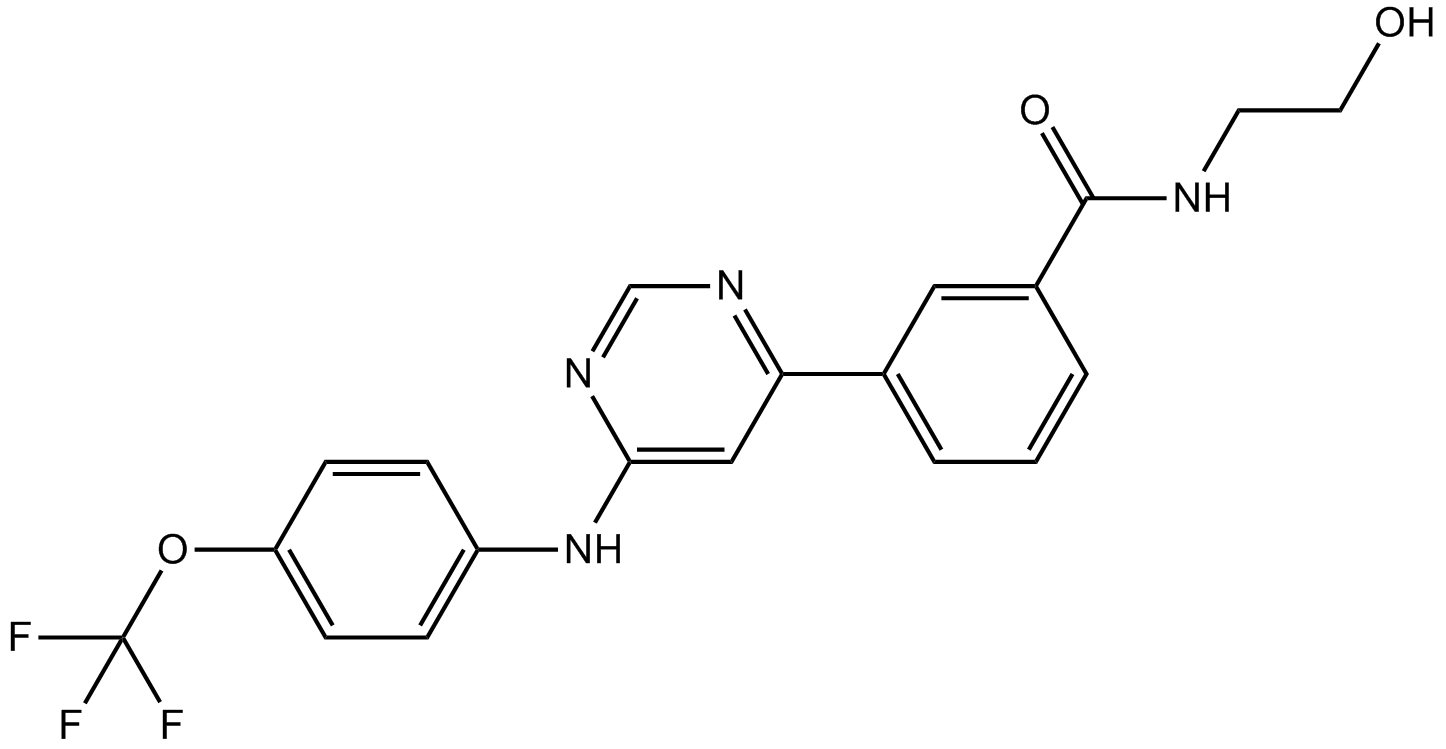 A8604 GNF 5Target: Bcr-AblSummary: Bcr-Abl inhibitor
A8604 GNF 5Target: Bcr-AblSummary: Bcr-Abl inhibitor -
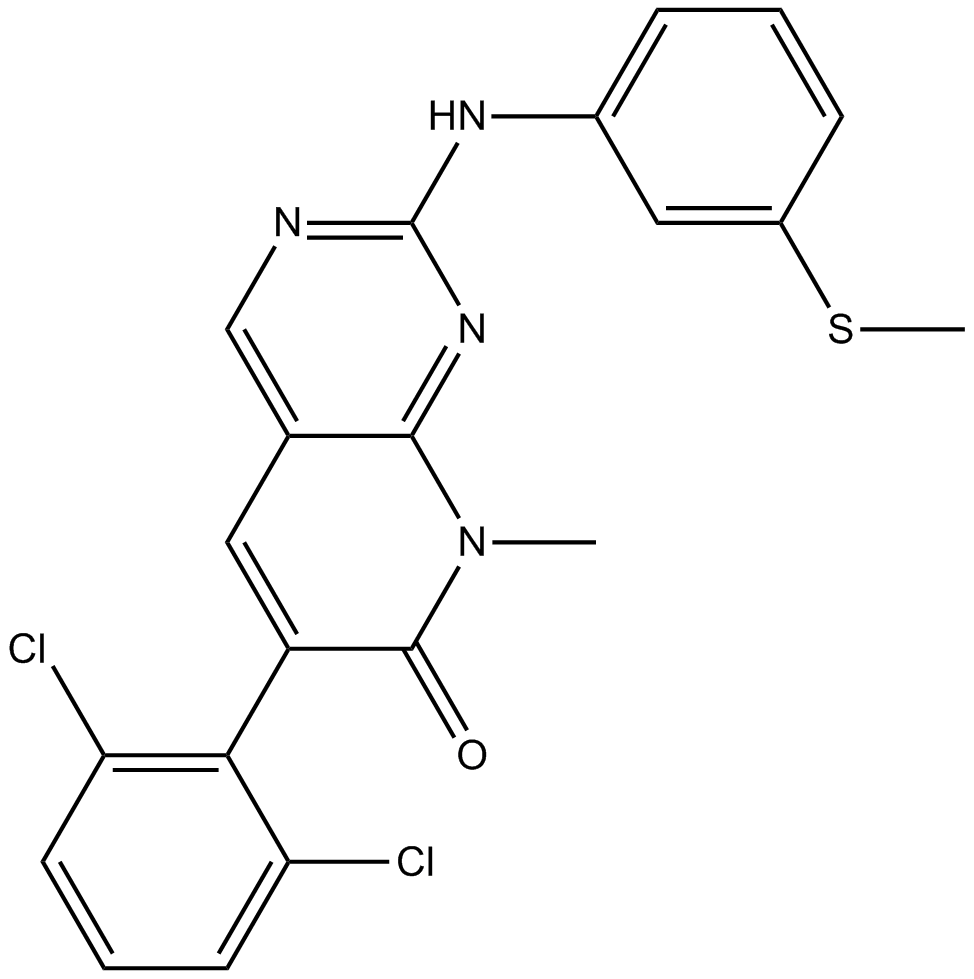 A8812 PD173955Target: Bcr-Abl|SrcSummary: Dual Src/Abl kinase inhibitor, ATP-competitive,
A8812 PD173955Target: Bcr-Abl|SrcSummary: Dual Src/Abl kinase inhibitor, ATP-competitive, -
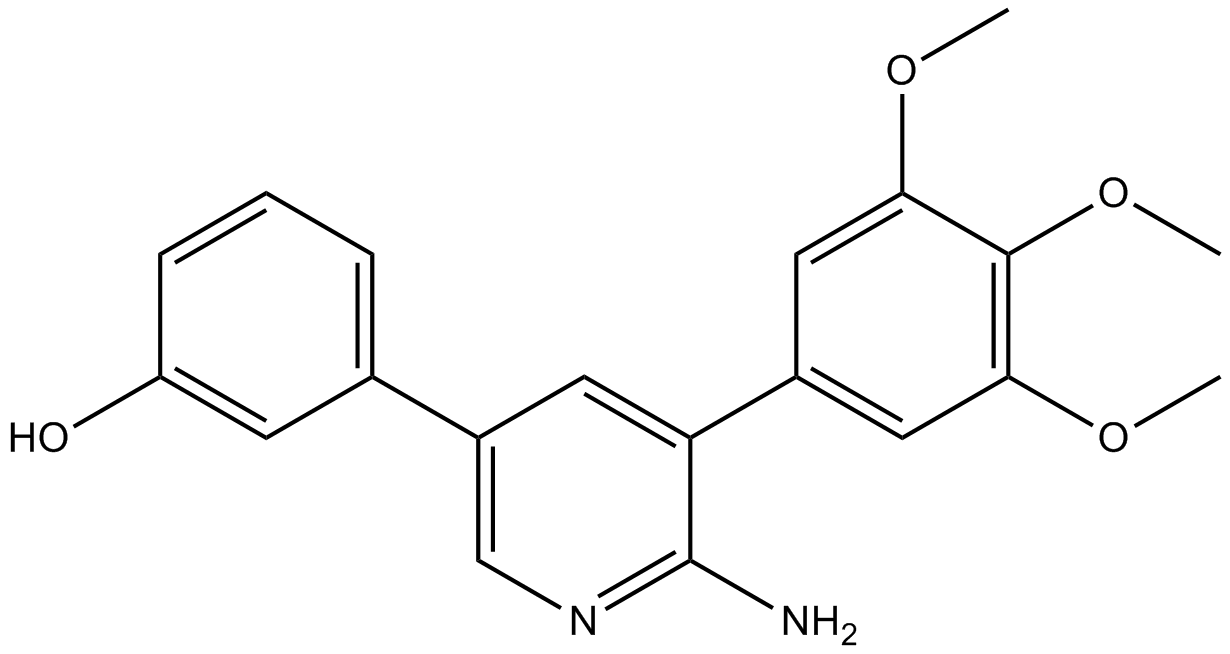 B2286 K02288Target: ALKSummary: ALK inhibitor
B2286 K02288Target: ALKSummary: ALK inhibitor -
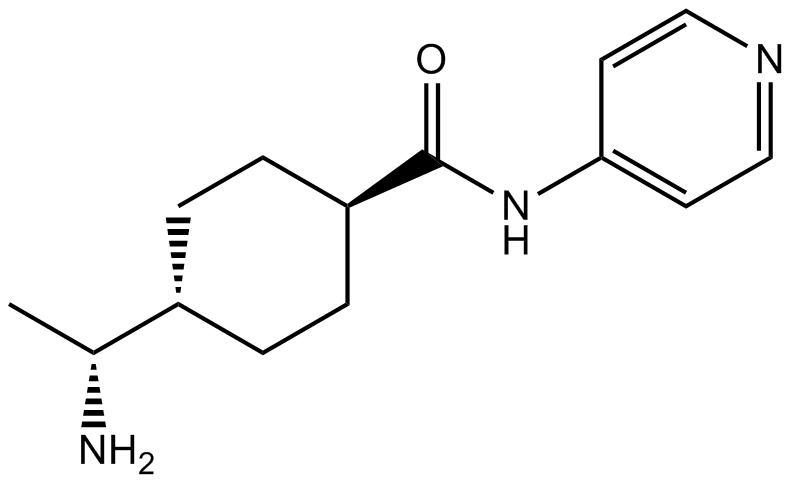 B1293 Y-276329 CitationTarget: ROCKSummary: ROCK inhibitor,potent and selective
B1293 Y-276329 CitationTarget: ROCKSummary: ROCK inhibitor,potent and selective -
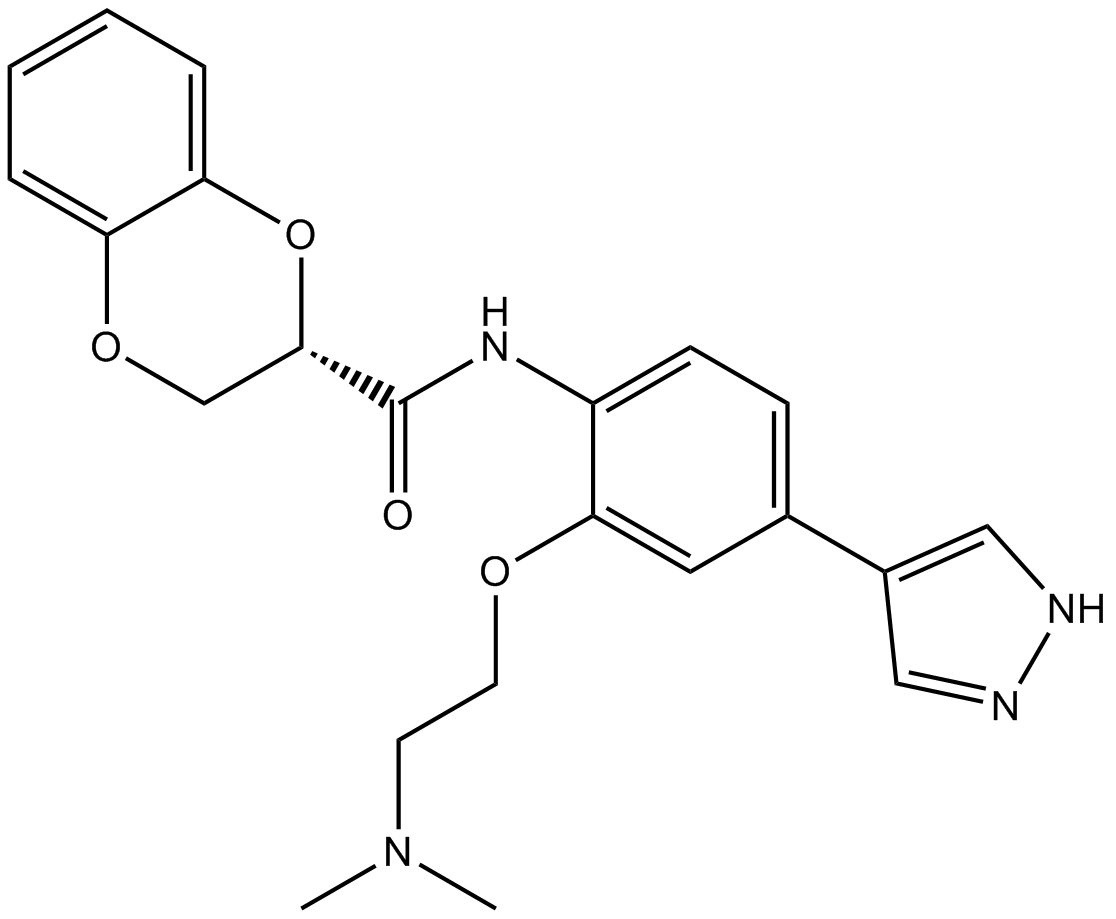 B1294 SR-3677Target: ROCKSummary: Rho Kinase (ROCK-II) inhibitor
B1294 SR-3677Target: ROCKSummary: Rho Kinase (ROCK-II) inhibitor -
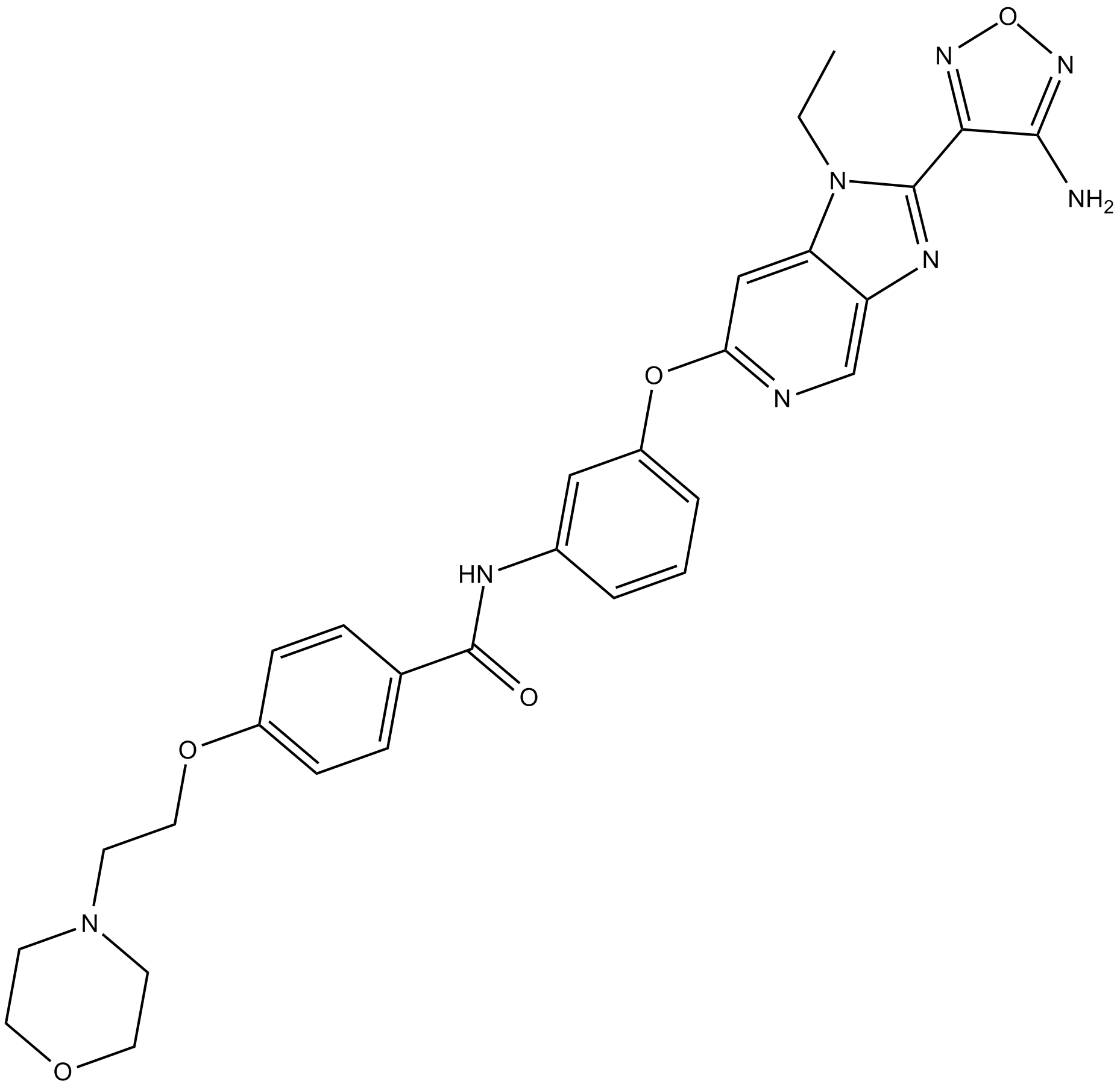 B3392 GSK269962ATarget: ROCK|RSK|MSKSummary: ROCK inhibitor
B3392 GSK269962ATarget: ROCK|RSK|MSKSummary: ROCK inhibitor -
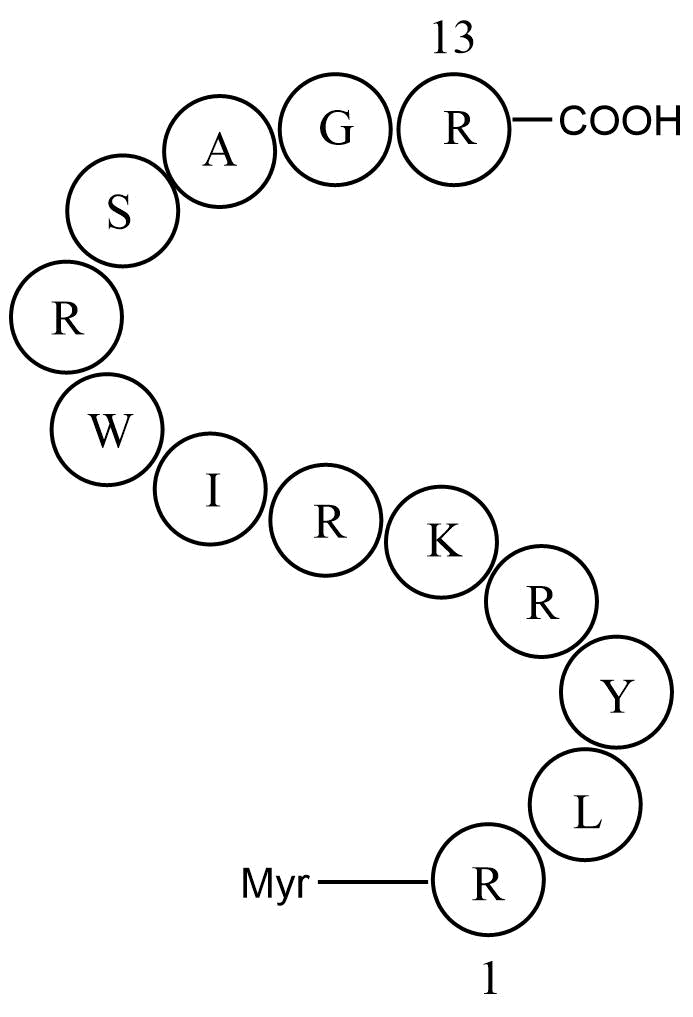 A8830 ZIP (SCRAMBLED)Summary: PKMζ inhibitor
A8830 ZIP (SCRAMBLED)Summary: PKMζ inhibitor -
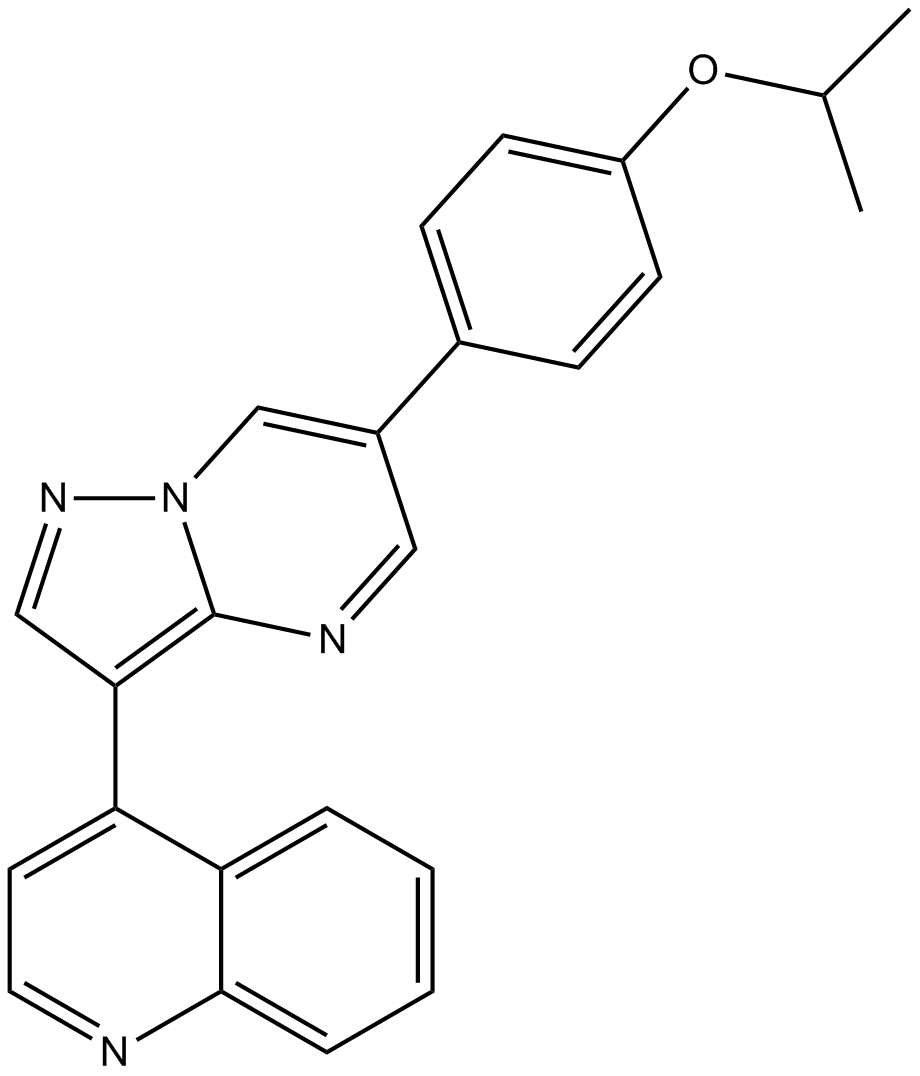 B3686 DMH-1Target: BMP and Other Activin ReceptorsSummary: Selective BMP ALK2 receptor
B3686 DMH-1Target: BMP and Other Activin ReceptorsSummary: Selective BMP ALK2 receptor -
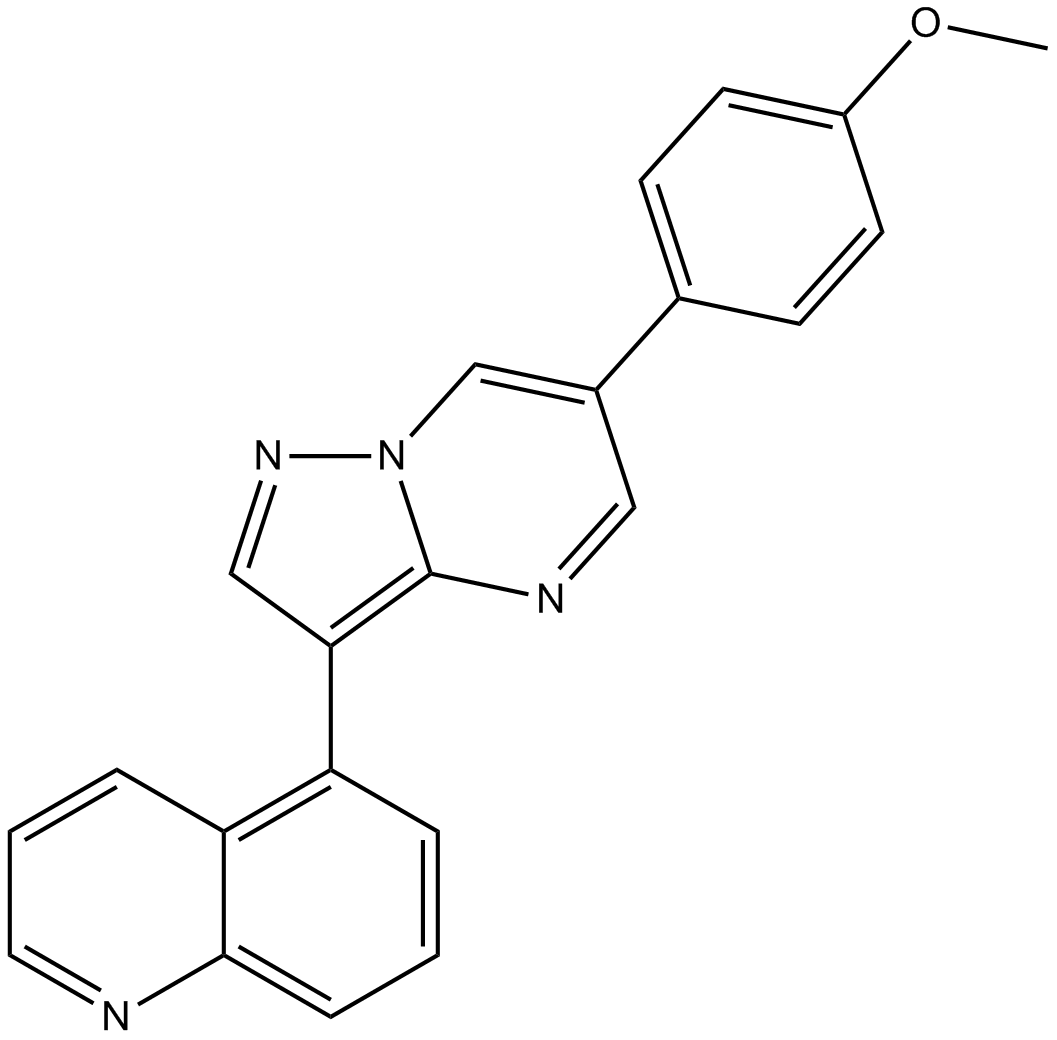 B3688 ML347Target: BMP and Other Activin ReceptorsSummary: BMP receptor inhibitor,potent and selective
B3688 ML347Target: BMP and Other Activin ReceptorsSummary: BMP receptor inhibitor,potent and selective

